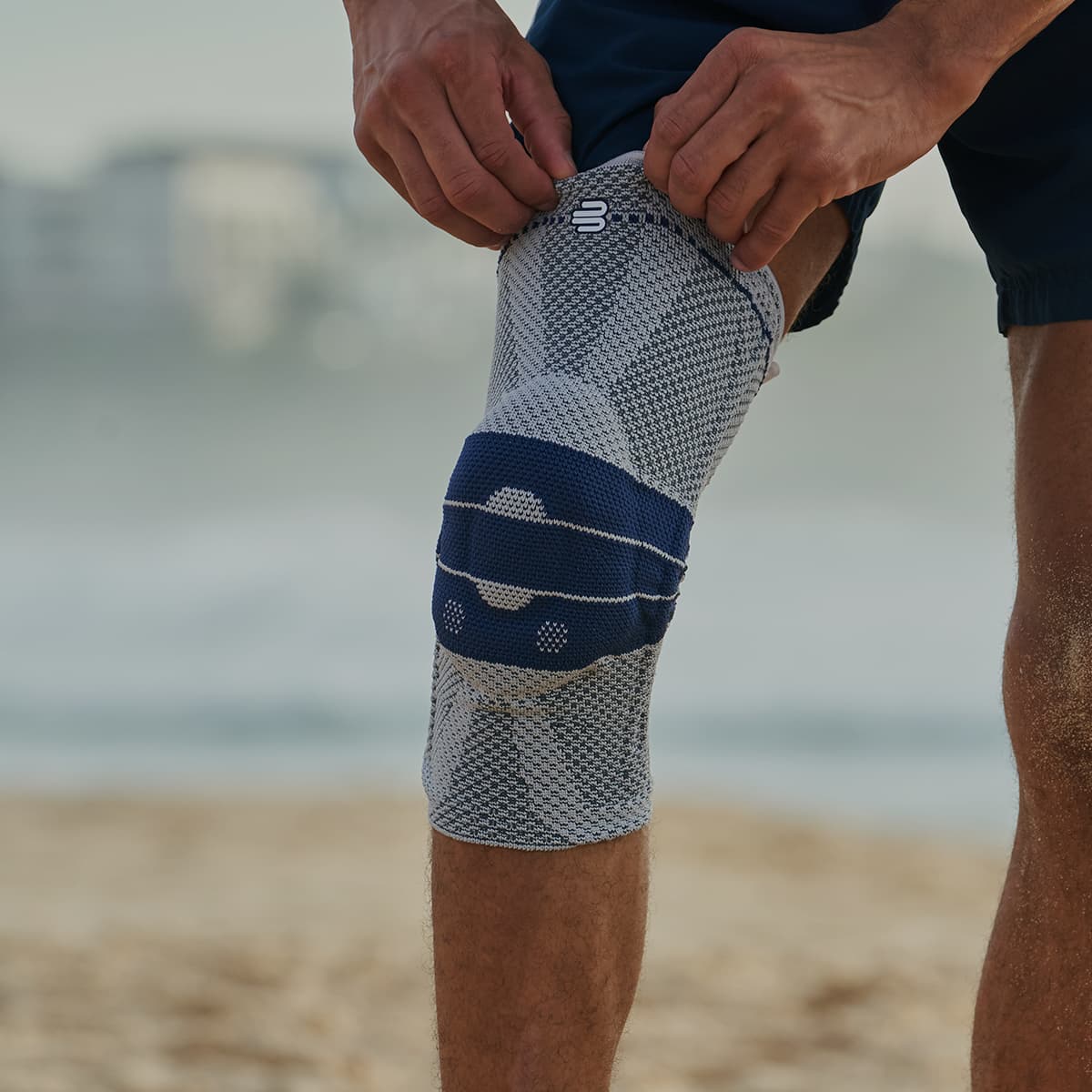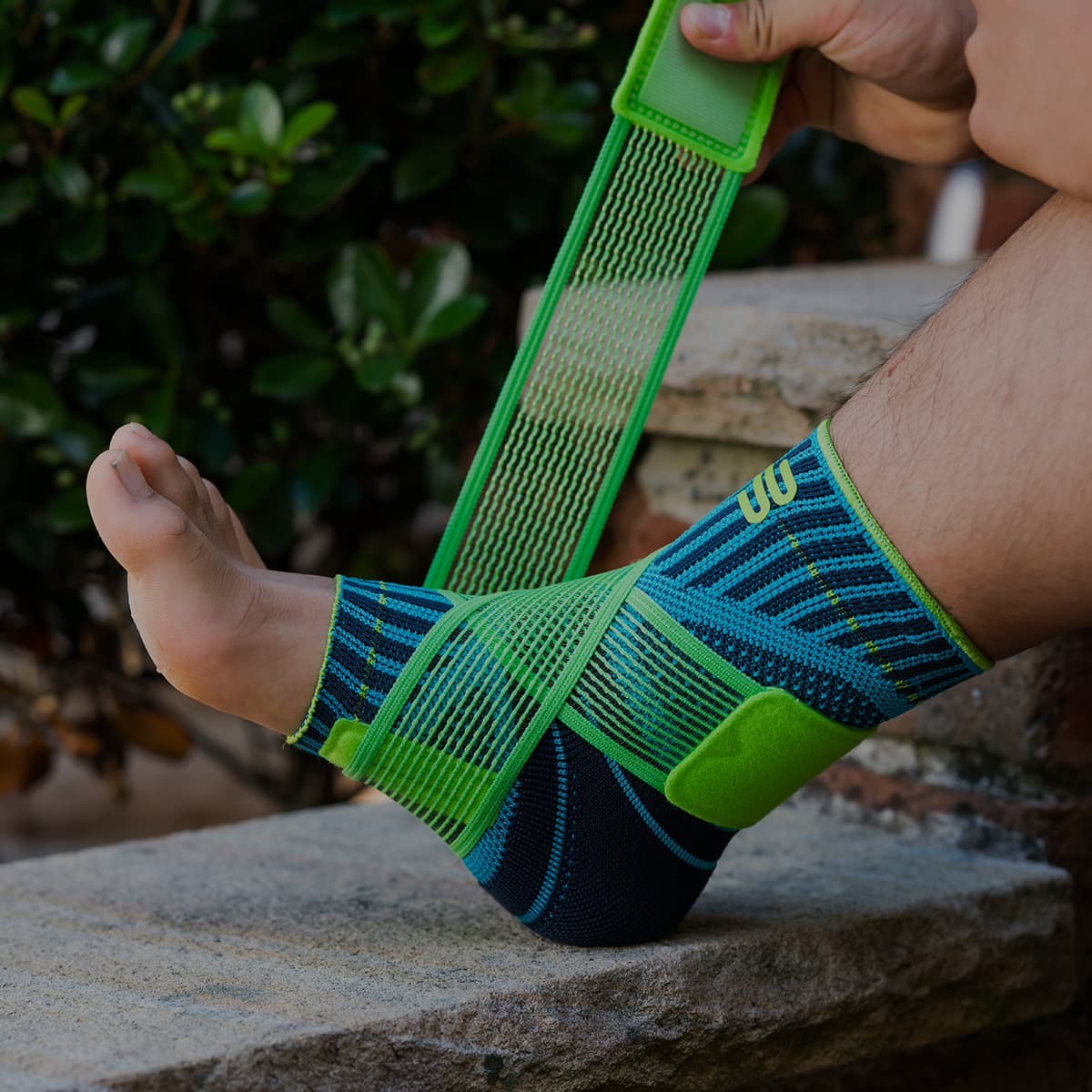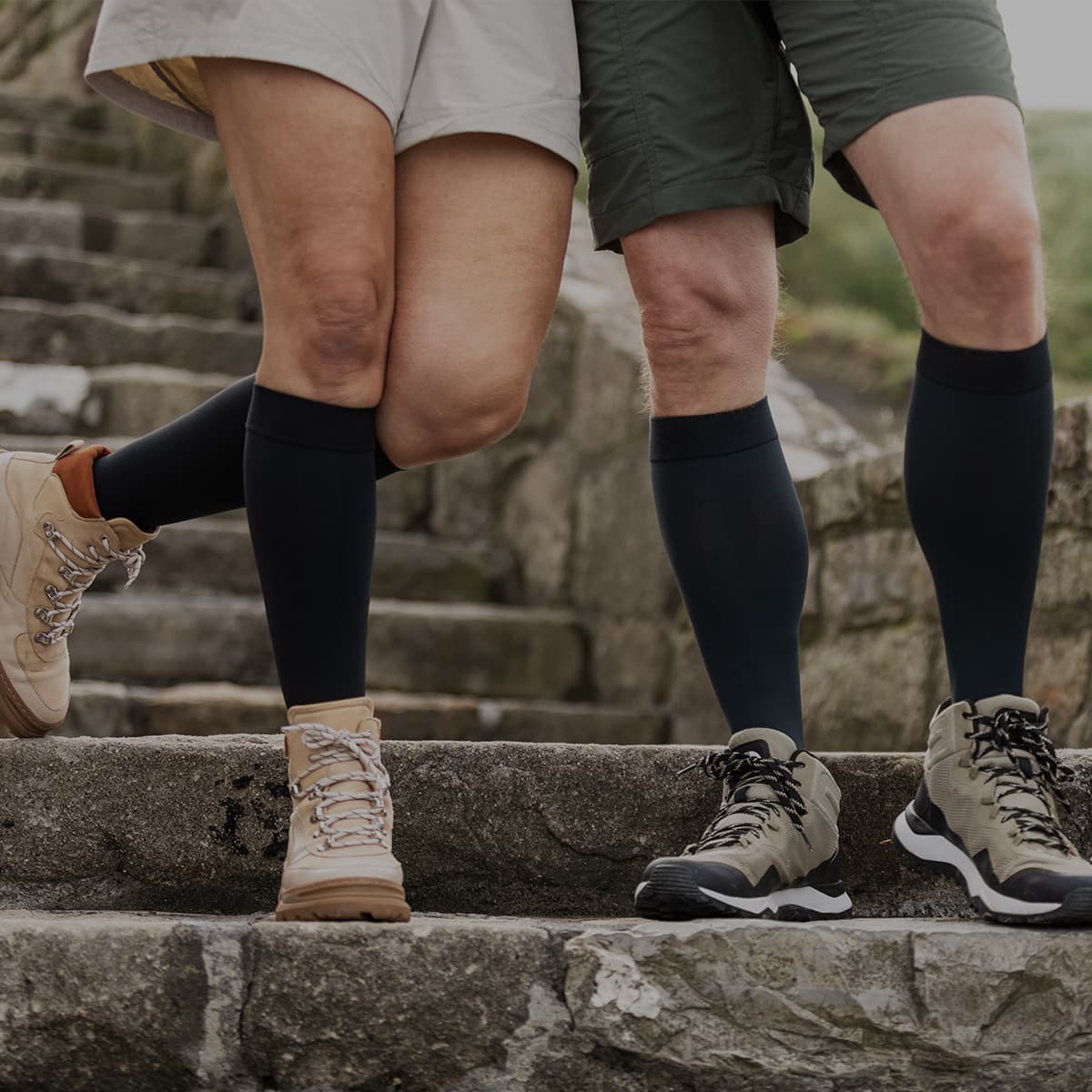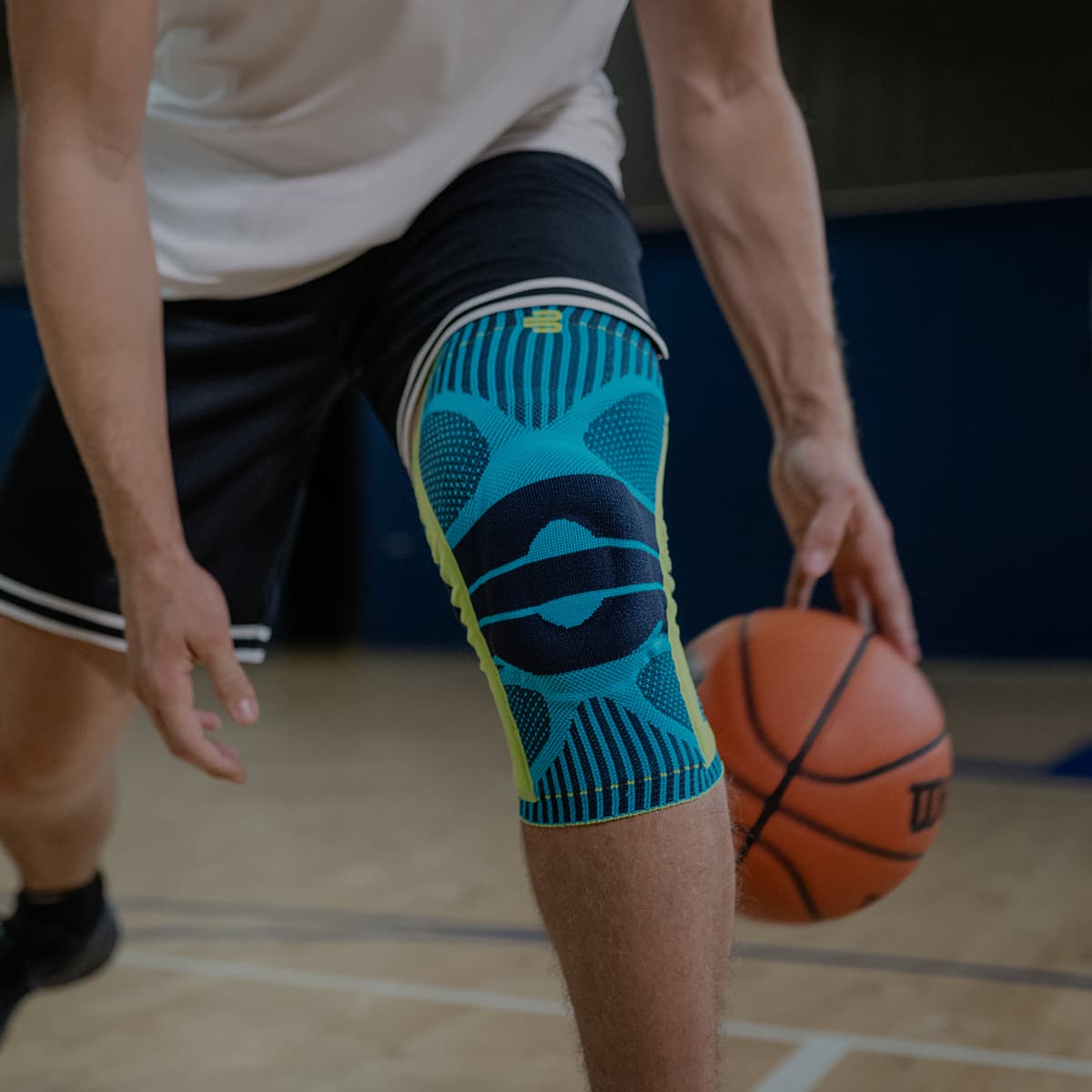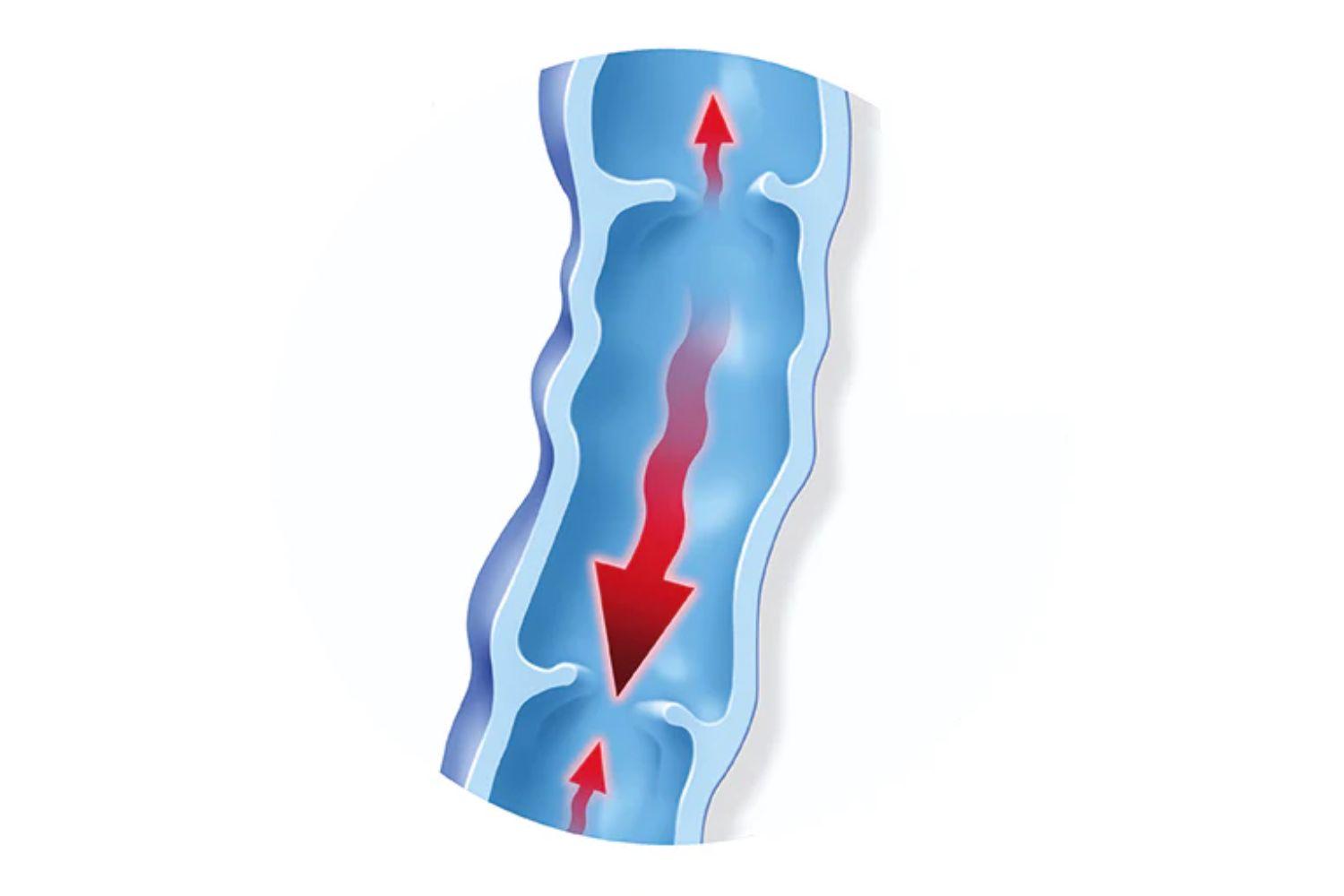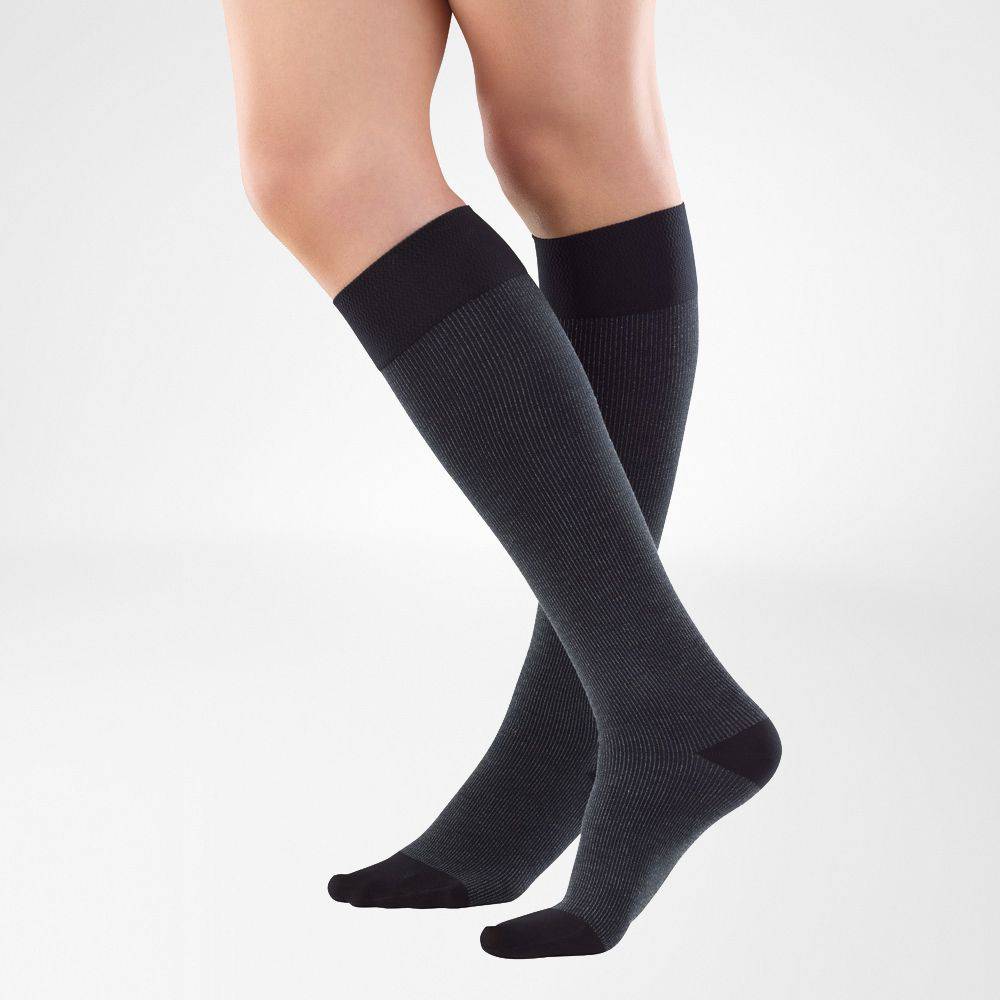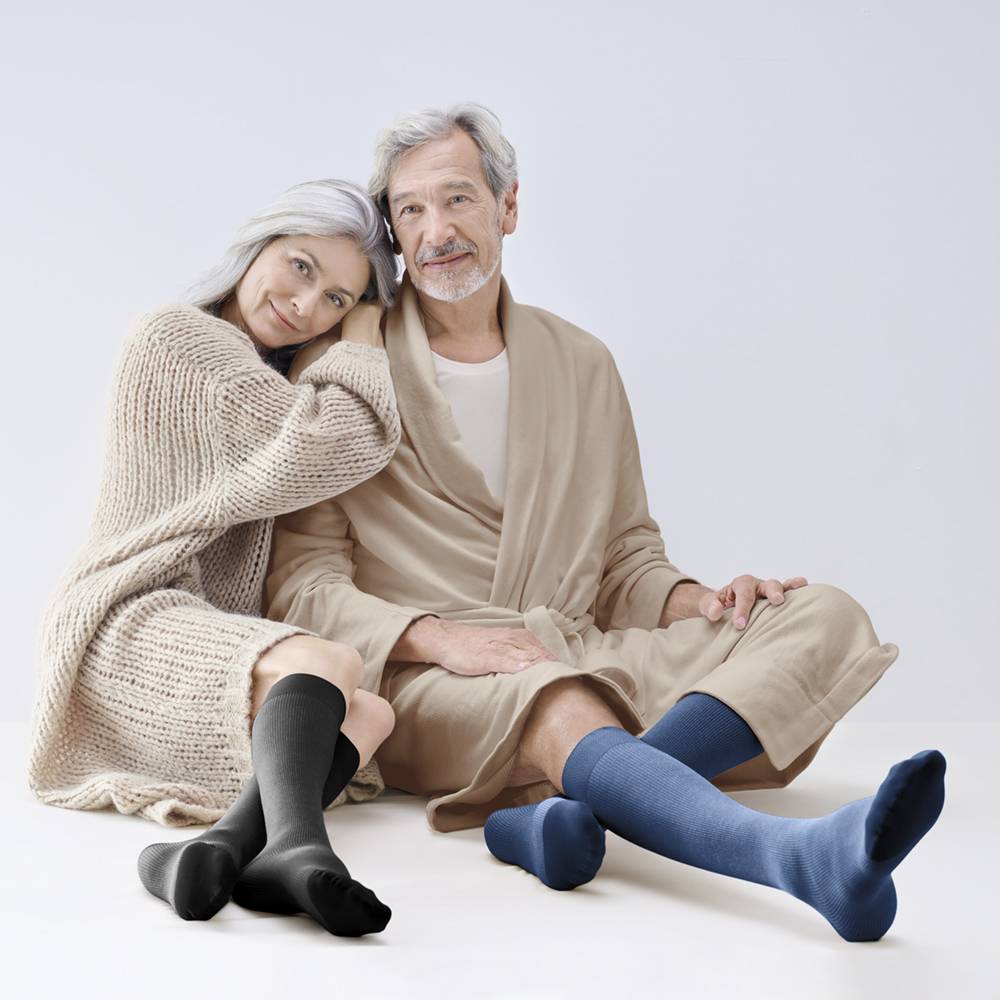The skin is the largest organ of the body and forms a protective layer called the epidermis. Healthy skin is covered by a fine film of moisture containing tiny droplets of lipids (fat).
This layer keeps the skin supple and protects the delicate soft tissues from pathogens and environmental influences. In some patients, the lipid moisture film is insufficiently formed and can result in dry, flaky skin.
Patients experiencing this condition develop tiny cracks or sores, which can act as entry points for pathogens and infections. In chronic cases, patients can develop rashes or eczema all over the body.
Causes of Dry Skin
Dry skin is a direct result of a compromised hydro-lipid film (moisture protective film). Often, a combination of innate risk factors and certain environmental factors can lead to patients developing dry skin. Some of the most commonly known factors include:
There is an innate deficiency in the sebum glands of the skin. Patients with this tendency formless fat due to the nature of their skin, resulting in dry patches of skin.
Excessive sweating can wash away lipids and moisturising factors from the epidermis. The skin loses its protective film.
- Frequent practice of washing with soap has a similar effect and can degrade the natural lipid film.
- Intense dehydration.
- Exposure to hot air for prolonged periods and exposure to dry cold air during winters can have similar effects.
- Malnutrition.
- Hormonal contraceptives, i.e. “the pill”
- Perfumes, aerosols, detergents and household chemicals can also degrade the delicate hydro-lipid film.
- Lifestyle choices like drinking alcohol and smoking have dehydrating effects on the body and can exacerbate the condition.
- Certain diseases, such as Diabetes, Neurodermatitis, hypothyroidism, allergies or diseases of the digestive tract, can also impact the formation of the lipid film.
Dry skin is not just a cosmetic problem. It is a sign of an underlying condition, and it is advisable to seek a medical opinion sooner rather than later.
Dry Skin Symptoms
Some of the most commonly known symptoms of the condition include:
- Visible skin flakes that occur frequently on dry skin areas.
- Compromised stratum corneum (the protective layer of horn-like scales that guards the inner layers). Typically, with a healthy hydrolipid layer, the stratum corneum is hidden.
- The absence of a hydrolipid film in areas of dry skin results in moisture evaporating from the skin. Eventually, the skin loses its moisture balance, and flakes begin to fall off in large numbers.
- A white dry patch is a common occurrence.
- Patients experience itching and tightness of the skin. In some cases, the skin might turn red and become irritated.
- Skin regions with a lower number of sebaceous glands and a relatively poor blood supply are at particular risk of developing dry skin.
- With poor blood supply, there is a short supply of nutrients available to build up the hydrolipid film. As a result, the lower half of the body, specifically the legs, knees, and ankles, is particularly prone to this condition.
Treatment For Dry Skin
Treatment for dry skin is primarily conservative and involves very manageable practices that patients can incorporate into their daily lives. The focus is on providing enough moisture and avoiding activities or practices that may deplete the hydrolipid film.
Lifestyle Choices
Making a few changes in your lifestyle can have a positive effect on the prevalence of dry skin.
- Avoiding the consumption of alcohol, tobacco, and other dehydrating agents can prove valuable in supporting prognosis.
- Regular exercise and a healthy diet can help boost blood circulation and provide valuable nutrients in vulnerable parts of the body (like the legs).
Regular Skincare
It is highly advised that patients with a dry skin condition regularly moisturise their skin with non-scented hypoallergenic creams. Applying creams several times a day provides necessary moisturising factors and supports the skin in restoring its protective moisture film.
Compression Stockings For Moisturising Dry Skin
VenoTrain Cocoon Compression Socks
Medical compression stockings like the VenoTrain Cocoon can prove instrumental in supporting treatment for dry skin.
The VenoTrain Cocoon is a new type of compression stocking offered by Bauerfeind, which provides the skin with necessary care substances.
The knitted fabric contains special fibres called the cocoon care threads, which contain lipid deposits. Upon direct contact with the skin, these lipids are released and continuously absorbed by the skin.
The upper layers of the skin regularly receive necessary building materials to keep the hydrolipid film intact and thus protect the skin from drying out.
The clinically tested lipid care complex keeps the skin supple and soothes, eliminating the need for frequent cream application on the legs. It supplies the skin with enough moisture and combats itching and irritation.
The stocking naturally nourishes the skin, and the medical-grade compression helps boost blood circulation in the legs and naturally helps alleviate symptoms. The skin-friendly, breathable material makes it comfortable for everyday use and can help achieve the most effective prognosis.

